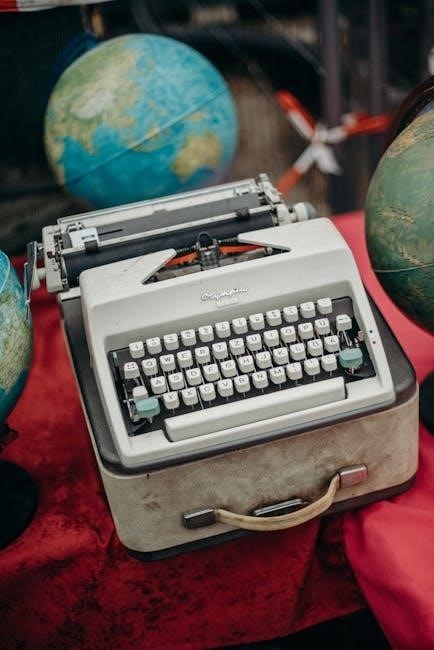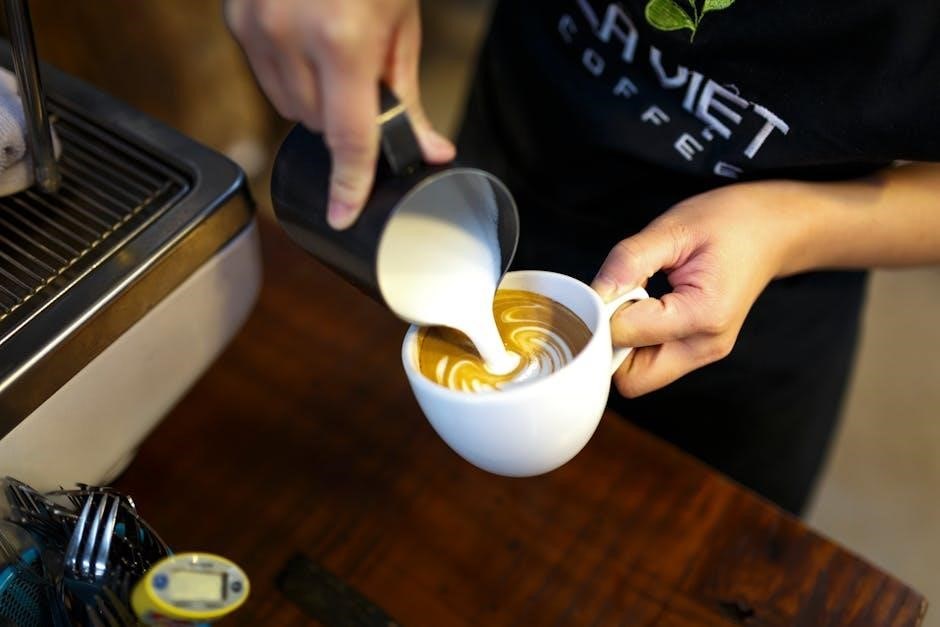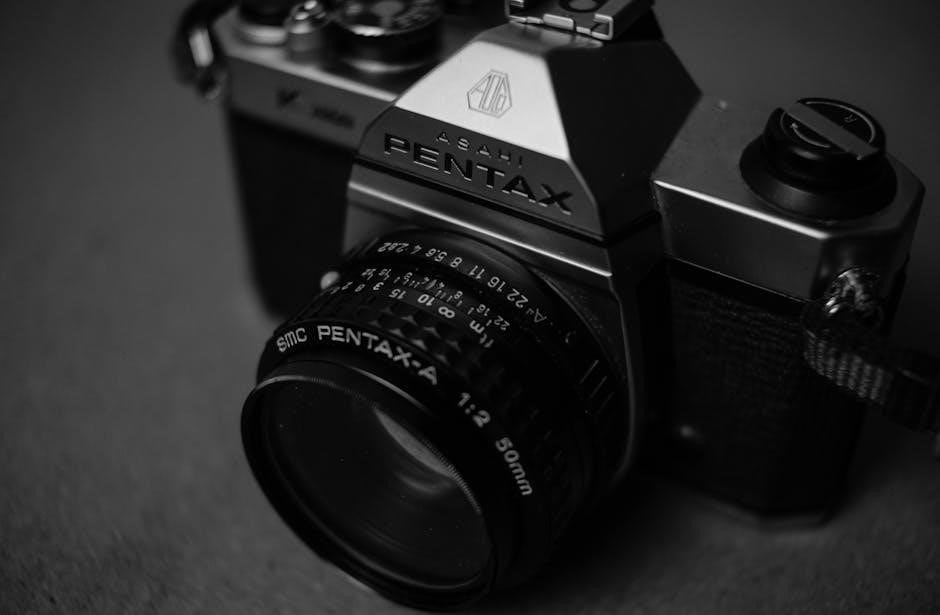Q50 Manual Swap: A Comprehensive Guide
Are you an Infiniti Q50 enthusiast craving more control behind the wheel? This comprehensive guide explores the exciting world of Q50 manual swaps, offering insights, options, and considerations for this ambitious modification․ Let’s dive in!
The Infiniti Q50, known for its luxury and performance, unfortunately, never came with a factory manual transmission option․ For driving purists, this omission can be a significant drawback․ A manual swap involves replacing the factory automatic transmission with a manual gearbox, offering a more engaging driving experience․ This conversion, while complex, unlocks a new level of driver connection and control․ Enthusiasts undertake this project to enhance performance, increase driver involvement, and create a truly unique Q50 driving experience, tailored to their specific preferences․
Understanding the Q50’s Transmission Options
Before diving into a manual swap, understanding the Q50’s stock transmission is crucial․ This section explores the limitations and capabilities of the factory automatic transmission, setting the stage for appreciating the benefits of a manual conversion․
Stock Transmission Limitations
The Q50’s factory automatic transmission, while generally reliable, has limitations, especially when aiming for significant power increases․ The 7-speed automatic (7AT) can struggle with higher torque levels, leading to potential failures․ Enthusiasts often seek manual swaps to overcome these limitations, enhancing power handling and providing a more engaging driving experience․ Level 10 is noted as one of the only shops supporting Q50 transmissions․ This offers a more robust solution for modified vehicles․
Exploring the 7-Speed Automatic (7AT)
The 7-speed automatic transmission (7AT), also known as the RE7R01A, is a common transmission found in Q50 models․ It’s designed for comfort and convenience but can become a bottleneck in performance applications․ While upgrading the 7AT is an option, a manual swap provides a completely different driving experience, offering greater control and a more direct connection to the engine․ It is a suitable upgrade for older generation 370z or G37/Q50 equipped with the 3․7L VQ37HR engine․
Manual Transmission Swap Options
Several manual transmission options exist for a Q50 swap․ The 370Z transmission is a popular choice, but VR30 transmissions may also be considered․ Each option presents unique challenges and benefits to consider․
370Z Transmission as a Popular Choice
The 370Z’s 6-speed manual transmission is frequently chosen for Q50 manual swaps due to its relative availability and robust design․ This option typically necessitates using a 370Z clutch, flywheel, brake, and clutch pedal assembly․ Custom length braided clutch lines are also required for proper fitment․ It’s a straightforward swap for 3․7L Q50s, requiring minimal wiring․ However, 3․0T models present a higher level of complication․
VR30 Transmission Considerations
While less common, utilizing a manual transmission from a VR30-equipped Q50 or Q60 is another potential avenue․ Success stories exist, but this swap might involve custom driveline work․ Notably, some report needing to swap the TCM/valve body when using a VR transmission on a VQ engine․ Identifying the precise differences and compatibility issues is crucial for a smooth integration․ Researching existing VR30 transmission swaps can provide invaluable insights․
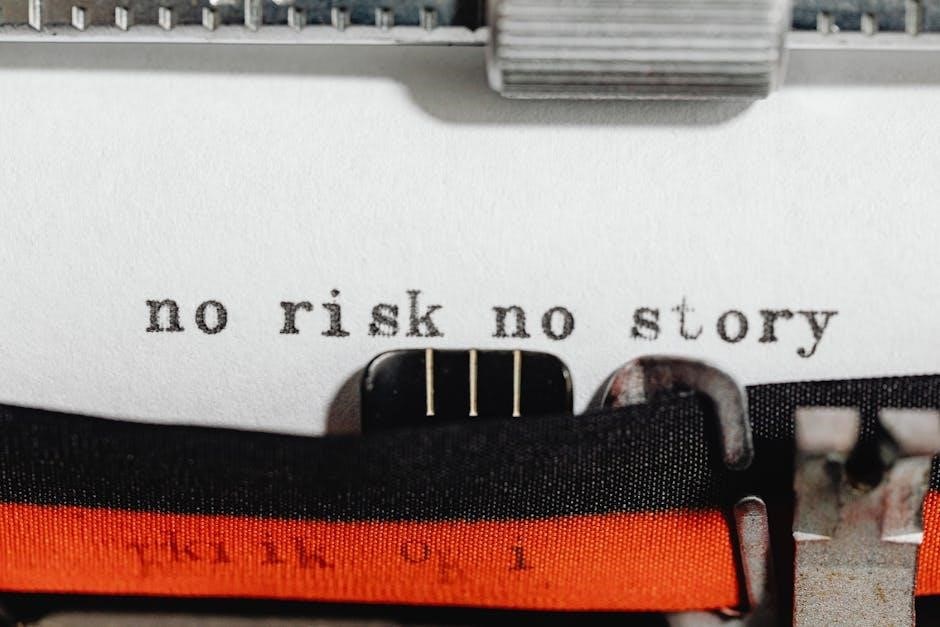
Required Parts for a Manual Swap
Embarking on a Q50 manual swap necessitates sourcing specific components․ The transmission itself is the core, but other vital parts, such as the clutch, flywheel, pedal assembly, and hydraulic lines, are equally essential․
Transmission, Clutch, and Flywheel Sourcing
The heart of any manual swap lies in selecting the right transmission․ For Q50 swaps, the 370Z transmission emerges as a popular choice due to its relative availability and compatibility․ Alongside the transmission, a suitable clutch and flywheel pairing are paramount․ These components must be carefully chosen to handle the engine’s power output and ensure smooth engagement․ Consider both new and used options, weighing cost against potential longevity and performance gains․ Researching reputable suppliers and verifying compatibility is crucial for a successful swap․
Pedal Assembly and Hydraulic Lines
Converting from an automatic to a manual transmission necessitates installing a clutch pedal assembly․ Sourcing a pedal assembly from a manual 370Z is a common approach, ensuring proper fitment within the Q50’s cabin․ Furthermore, hydraulic lines are required to connect the clutch master cylinder to the transmission’s slave cylinder, facilitating clutch engagement․ Opting for custom-length braided lines offers enhanced durability and precise routing․ Careful installation of the pedal assembly and hydraulic lines is critical for achieving a responsive and reliable clutch feel․
Custom Fabrication Needs
Undertaking a Q50 manual swap often entails custom fabrication to seamlessly integrate the new components․ This might involve modifying the transmission tunnel to accommodate the manual gearbox, crafting a custom driveshaft to match the manual transmission’s output, or creating bespoke brackets for mounting the clutch master cylinder․ Furthermore, a custom center console, potentially sourced from a 6MT Q50 diesel model, may be desired for a factory-like interior finish․ Addressing these fabrication needs is essential for a professional and reliable manual swap․
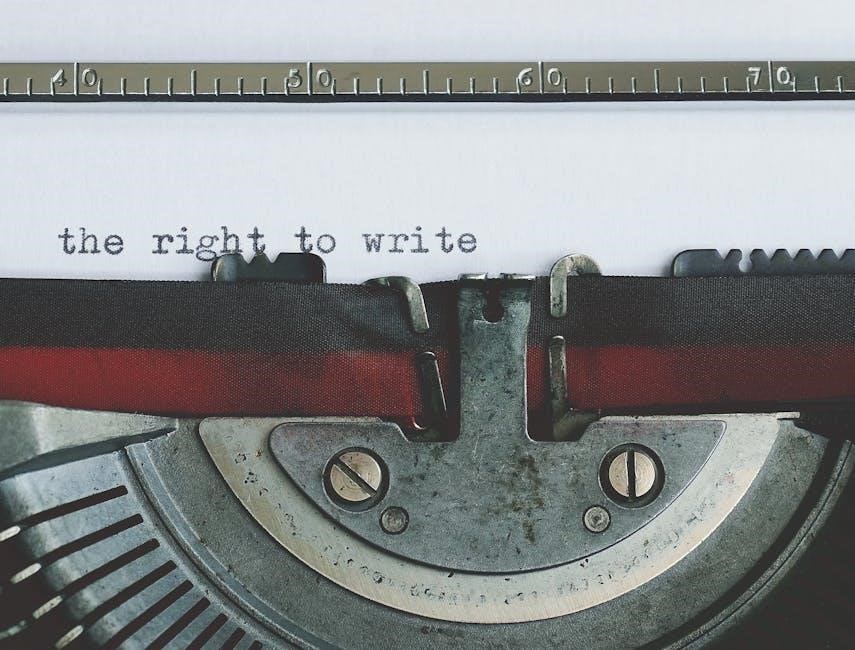
Wiring and ECU Considerations
Successfully completing a Q50 manual swap requires careful attention to wiring and ECU integration․ This section delves into the complexities, potential challenges, and necessary modifications for a functional and reliable conversion․
Wiring Complexity Differences (3․7 vs․ 3․0T)
When undertaking a Q50 manual swap, the wiring demands differ significantly between the 3․7L VQ and the 3․0T VR engines․ The 3․7L swap is more straightforward, requiring minimal wiring adjustments due to similarities with the 370Z․ Conversely, the 3․0T presents a higher level of complication․ Dealing with ECU compatibility and sensor differences adds layers of complexity․ Therefore, a thorough understanding of wiring diagrams is crucial for a successful 3․0T swap․ This ensures proper integration and avoids potential electrical issues․
ECU Compatibility and Potential Swaps
ECU compatibility is a critical aspect of a Q50 manual swap․ The original automatic transmission ECU will no longer function correctly, necessitating a solution․ Potential options include using a standalone ECU, re-flashing the existing ECU (if possible), or swapping to a manual transmission ECU from a compatible vehicle, such as a 370Z․ Careful consideration must be given to ensure proper engine management, sensor integration, and overall system functionality․ Researching ECU pinouts and engaging with the Q50 community is highly recommended for successful ECU integration․
Installation Process and Challenges
The Q50 manual swap presents significant hurdles․ Mechanical installation is demanding, alongside addressing electrical complexities․ Expect custom work, troubleshooting, and potential unforeseen issues during this transformative project․ Thorough planning is key․
Mechanical Installation Steps
The mechanical installation involves removing the existing automatic transmission․ Subsequently, install the manual transmission, clutch, flywheel, and pedal assembly․ Custom fabrication may be required for certain components to ensure proper fitment․ Careful alignment and torque specifications are crucial for optimal performance․ Don’t forget to connect hydraulic lines for the clutch system․ Remember that precision is essential throughout this process to prevent mechanical issues down the line, ensuring a reliable and engaging driving experience․
Addressing Electrical Nuisances
Electrical challenges are common during a Q50 manual swap, particularly with 3․0T models․ Wiring differences between the automatic and manual systems can cause issues․ Expect potential problems with gear selection display, reverse lights, and other electronic functions․ Careful attention to wiring diagrams and potentially ECU adjustments are necessary․ Some builders have used 6MT Q50 diesel center consoles for factory fit․ Thorough troubleshooting and potentially custom wiring solutions are essential to resolve these electrical nuisances and ensure a fully functional swap․
Potential Performance Gains and Reliability
Switching to a manual transmission can unlock increased power handling and potentially improve reliability compared to heavily modified automatics․ A manual swap allows for a more direct connection and control of the vehicle’s power․
Increased Power Handling Capabilities
One of the primary motivations for a Q50 manual swap is the desire to significantly increase the vehicle’s power handling capabilities․ The stock 7-speed automatic transmission, while adequate for factory power levels, can become a bottleneck and a point of failure when substantial modifications are made to the VR30DDTT or VQ37HR engine․ A robust manual transmission, like the 370Z’s CD009 or similar, offers a stronger drivetrain solution capable of withstanding increased torque and horsepower․ This upgrade provides peace of mind for those pushing the limits of their Q50’s performance․
Reliability Compared to Modified Automatics
While upgrading the stock 7AT is an alternative, a manual swap can offer superior long-term reliability, especially in high-performance applications․ Modified automatics, even with upgraded valve bodies and torque converters, still rely on complex internal components that can be susceptible to failure under extreme stress․ A properly installed manual transmission, with its simpler design and robust construction, can provide a more durable and dependable solution for enthusiasts seeking to maximize their Q50’s performance without constantly worrying about transmission issues․
Alternatives to a Full Manual Swap
Not ready for a full manual conversion? Explore options like upgrading your existing 7AT for improved performance․ Enhanced components might offer a balance between cost and increased power handling, offering a less intensive path․
Upgrading the Existing Automatic Transmission
If a full manual swap seems daunting, consider enhancing the Q50’s 7-speed automatic transmission (7AT)․ Shops like Level 10 offer upgrades to improve its power handling capabilities․ This can involve valve body modifications, enhanced clutches, and improved torque converters․ While it won’t provide the full manual experience, it offers increased reliability for those seeking more power from their modified Q50 without the complexities of a complete transmission swap․ These upgrades aim to address the limitations of the stock 7AT․

Community Experiences and Resources
Navigating a Q50 manual swap is easier with community support․ Online forums, YouTube channels, and build logs offer invaluable insights, shared experiences, and troubleshooting tips from fellow enthusiasts․ Learn from their successes and challenges!
Forums and Online Communities
Engage with fellow Q50 enthusiasts on dedicated forums and online communities․ These platforms serve as invaluable resources for sharing experiences, troubleshooting challenges, and gaining insights into the intricacies of manual swaps․ From part sourcing to wiring diagrams, the collective knowledge within these communities can significantly ease the process․ Participate in discussions, ask questions, and document your own journey to contribute to the growing knowledge base surrounding Q50 manual conversions․ Discover firsthand accounts, build threads, and expert advice to help guide your project․
YouTube Channels and Build Logs
Visual learners and DIY enthusiasts will find immense value in exploring YouTube channels and build logs dedicated to Q50 manual swaps․ Witness the step-by-step transformation process, gain practical tips, and identify potential pitfalls through video tutorials and detailed project documentation․ These resources offer a unique perspective, showcasing real-world applications and solutions to common challenges․ Observe wiring techniques, fabrication methods, and component installations firsthand, empowering you to tackle your own swap with confidence․ Community members often share their experiences and modifications, offering valuable insights to consider․
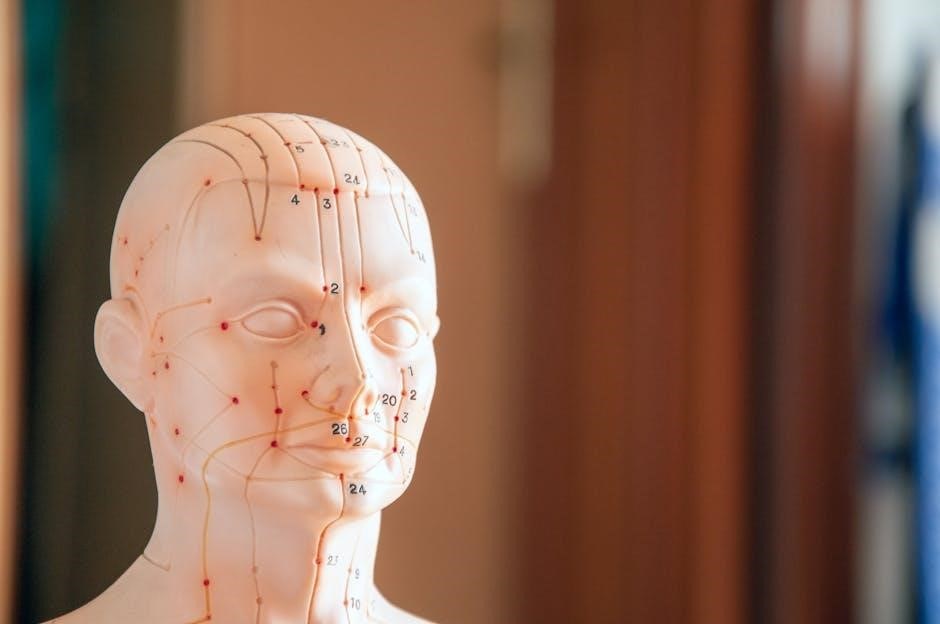
Cost Considerations for a Q50 Manual Swap
Budgeting is crucial․ Parts, labor, and unforeseen issues can impact the total cost․ Researching and planning meticulously prevents financial surprises during the swap process, ensuring a smoother, more predictable project outcome․
Parts, Labor, and Unexpected Expenses
The Q50 manual swap cost includes sourcing the transmission, clutch, flywheel, and pedal assembly․ Labor charges vary based on mechanic experience and location․ Factor in custom fabrication, wiring, and potential ECU tuning․ Unexpected expenses like damaged parts or unforeseen complications should be considered․ A comprehensive budget should incorporate a buffer for these potential issues․ Researching average costs online and getting quotes from several shops is vital to realistic planning․
Deciding if a Q50 manual swap is right involves weighing performance gains against cost and complexity․ Consider your budget, mechanical skill, and desired driving experience․ While offering enhanced control and engagement, the swap demands significant investment and expertise․ Evaluate alternatives like upgrading the automatic transmission․ Research community experiences and available resources․ Carefully assess whether the benefits of manual control justify the commitment and potential challenges․ Ultimately, the decision hinges on individual preferences and priorities;

